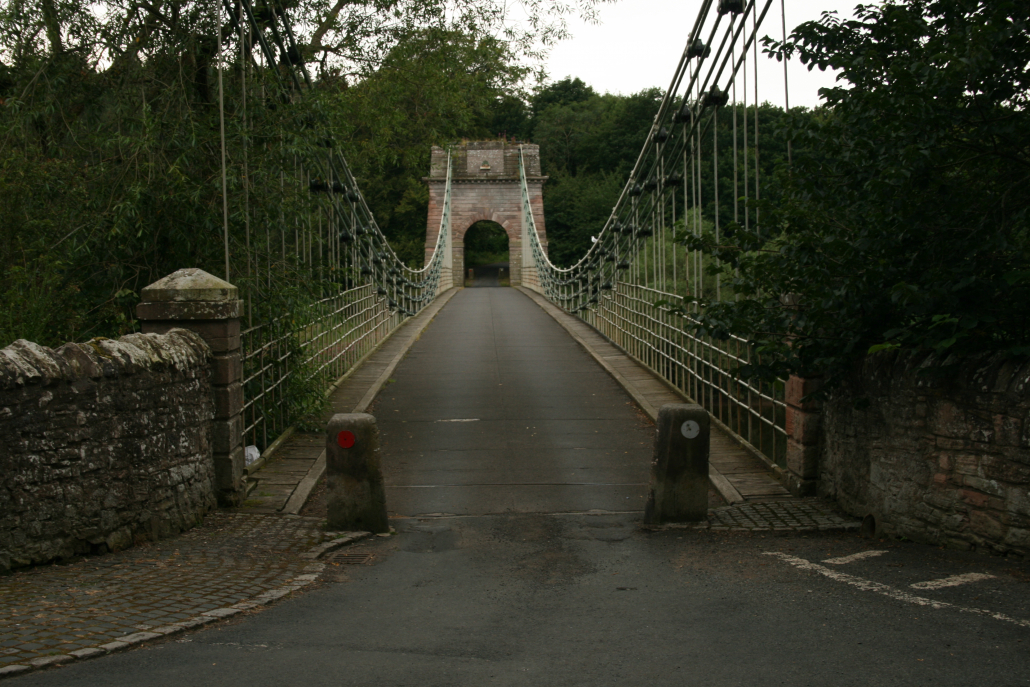Creativity Clubs – learning by doing
Last year, NUSTEM and Success 4 All, ran a year long project of after-school STEM clubs at a local community centre. We called the project Creativity Clubs because we wanted to help young children between the ages of 4 and 8 to see the creativity that is inherent in science and technology.
The clubs were organised into 6 week blocks with a difference science or technology theme each block. To support children’s literacy skills, as well as their science skills, we also chose a book to use for each topic. Every child was then given a copy of the book to take home so that they could share their learning with the rest of their family.
The project was funded through a Science and Technology Facilities Council Spark Award (STFC) (ST/W002027/1). These awards fund projects focusing on areas of science within the remit of STFC and are open to a wide range of organisations. The fund encourages ‘novel approaches’ to engagement and audience. Creativity Clubs was also part of the STFC’s Wonder initiative, tailored to reach under-served communities with STFC science and technology, with the focus on working with people and reflecting on their needs and requirements for meaningful engagement.
As part of the project evaluation, the team involved in the project spent a lot of time reflecting on what we have learnt, and what we would do differently if we did it all again. We want to share what we have learnt with other people and organisations who might want to do similar projects with young children – if only so others don’t have some of the same challenges that we did!
Our key recommendations are:
- Build in time to work with community centres at the design stage
- Investing in positive relationships with children provides a foundation for successful work
- Outreach and engagement should be responsive to children’s needs and interests
- Evaluation outcomes and strategies may need to be adapted to respond to project changes and stakeholder needs.
You can read the full report here: Creativity Clubs – Delivering equitable and effective STEM engagement in community settings.


